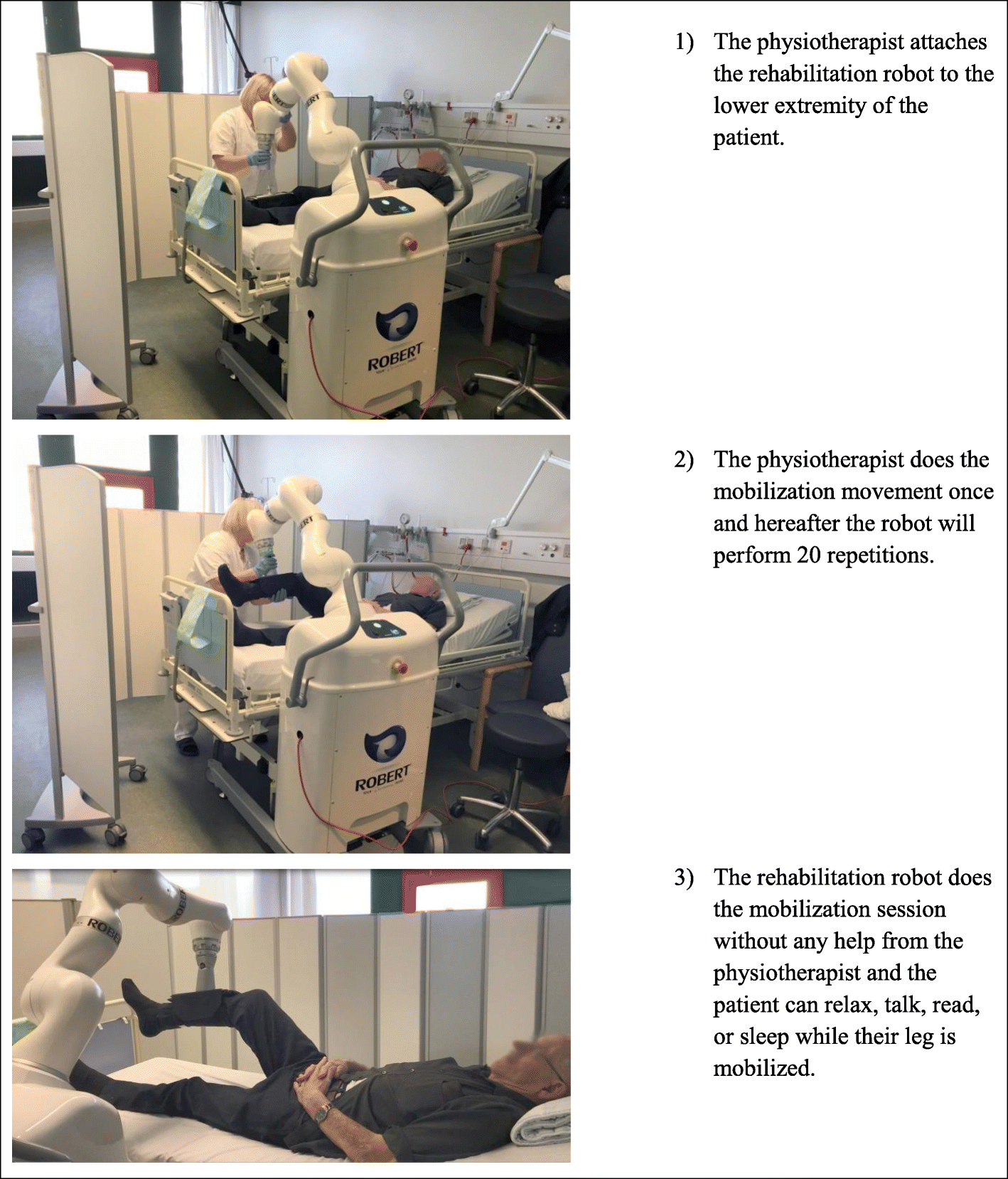

If an airworthiness inspector is not available for the inspection and suspected airworthiness discrepancies are discovered during the inspection, the operations inspector must coordinate with an airworthiness inspector at the district office to determine the disposition of the discrepancy. If the operations inspector is accompanied by an airworthiness inspector, then the "aircrew" section is for the operations inspector's use, and the "aircraft" section is for the airworthiness inspector's use.ĩ. The executive/corporate operator ramp inspection job aid (refer to related task #55, inspect an executive/corporate operator) should be used for corporate operators of large and turbine powered or turbojet aircraft or FAR Part 125 deviation holders. This job aid is used when conducting a ramp inspection of a single pilot, a flight instructor, an air agency, or other less complex ramp inspections. The FAR Part 91 ramp inspection job aid (Figure 56-1) is a job aid provided for the inspector's use in accomplishing this task. When conducting a ramp inspection of an executive/corporate operator or a FAR Part 125 deviation holder, see Related Task #55, Inspect an Executive/Corporate Operator, Section 1.ħ. Procedures and details of a FAR Part 135 ramp inspection are found in Order 8400.10, Air Carrier Inspector's Handbook.į. (3) Special emphasis program required by the regional office or headquartersĮ. Some of the reasons a ramp inspection might be planned include: Most ramp inspections are not planned for a specific operator however, when they are planned, the inspector should review the office files. Ramp Inspections Planned for a Specific Operator. (2) Is notified by ATC of an unsafe operationĭ. (1) Observes an unsafe operation in the traffic pattern or in the ramp Ramp inspections may result when the inspector: (4) The inspector should also bear in mind that he or she may not be able to complete all items on every ramp inspection.Ĭ. (3) If the surveillance will delay a flight, the inspector should use prudent judgement whether or not to continue. Some operators may prefer to have a company representative present to answer questions. (2) An inspector must not board any aircraft without the knowledge of the crew or operator. (1) For special considerations concerning surveillance at fly-ins, airshows, and other gatherings of general aviation aircraft and airmen, see Related Task #50, Surveillance of an Aviation Event, Section 1, paragraph 5A(1)-(4). The inspector shall always have identification available, since an airman or operator may or may not know an inspector.

(2) A ramp inspection is defined as surveillance of an airman, operator, or air agency during actual operations at an airport or heliport.ī. (1) For the purposes of this chapter, an operator may be a pilot, an executive/corporate operator, an air agency, etc. Ramp inspections involving other far parts are found in the appropriate related task heading. This chapter deals with far part 91 operators, which are by far the most numerous.

An operations inspector conducts ramp inspections on airmen and aircraft operating under various far. Successful completion of this task results in an indication in district office files of either a satisfactory or an unsatisfactory inspection.ĥ. The objective of this task is to determine that an airman or operator is in continuing compliance with the far during an actual operational situation.


 0 kommentar(er)
0 kommentar(er)
